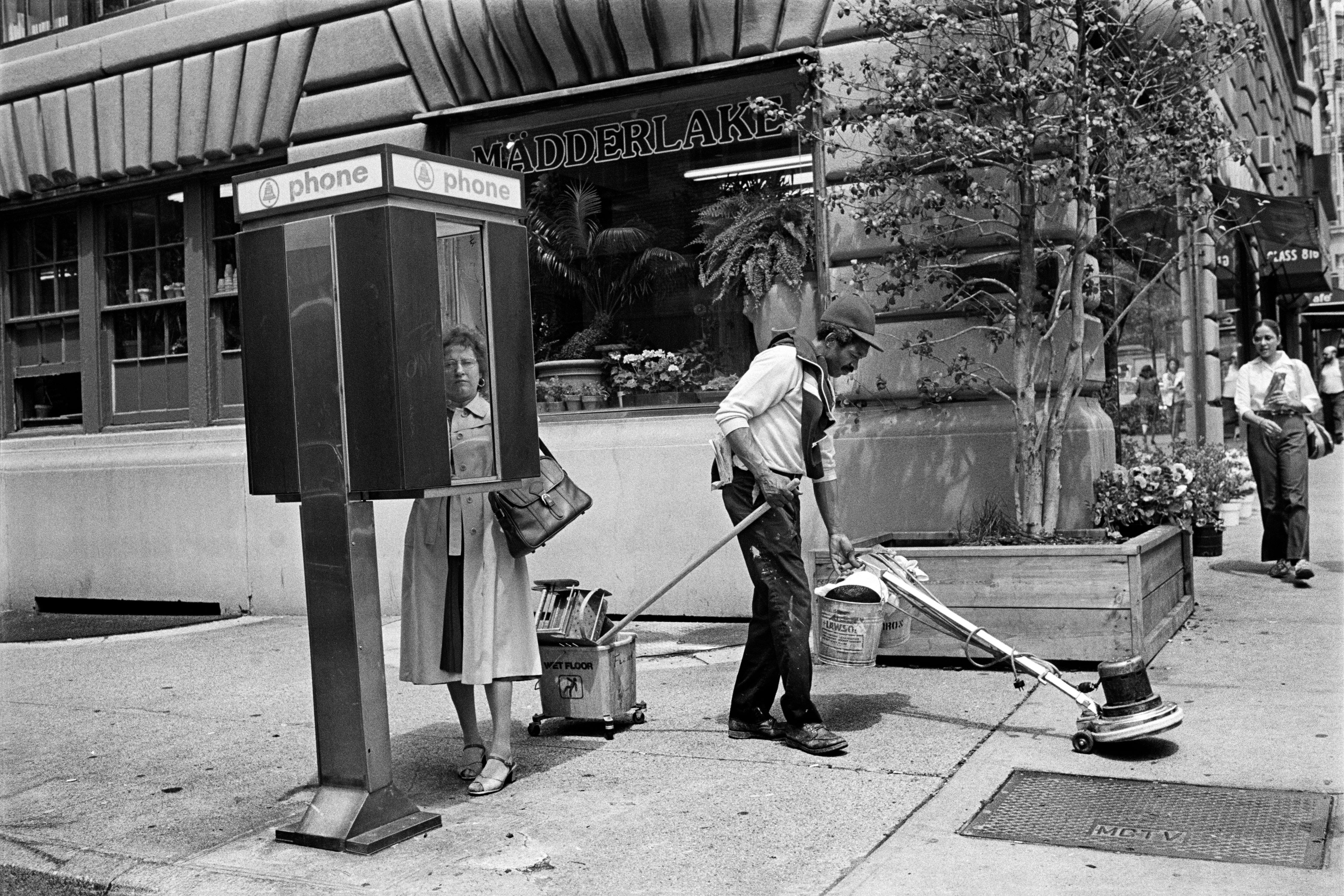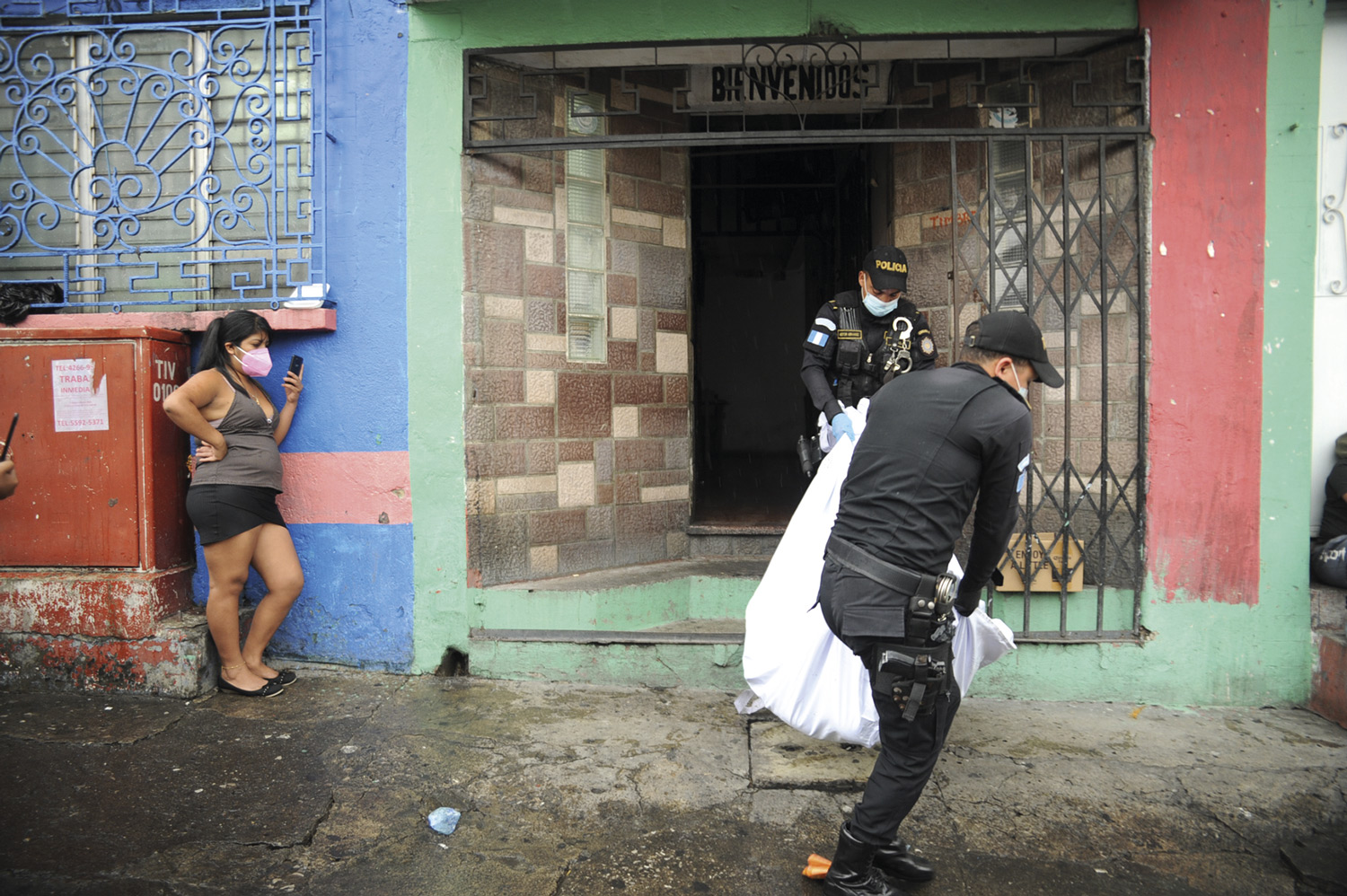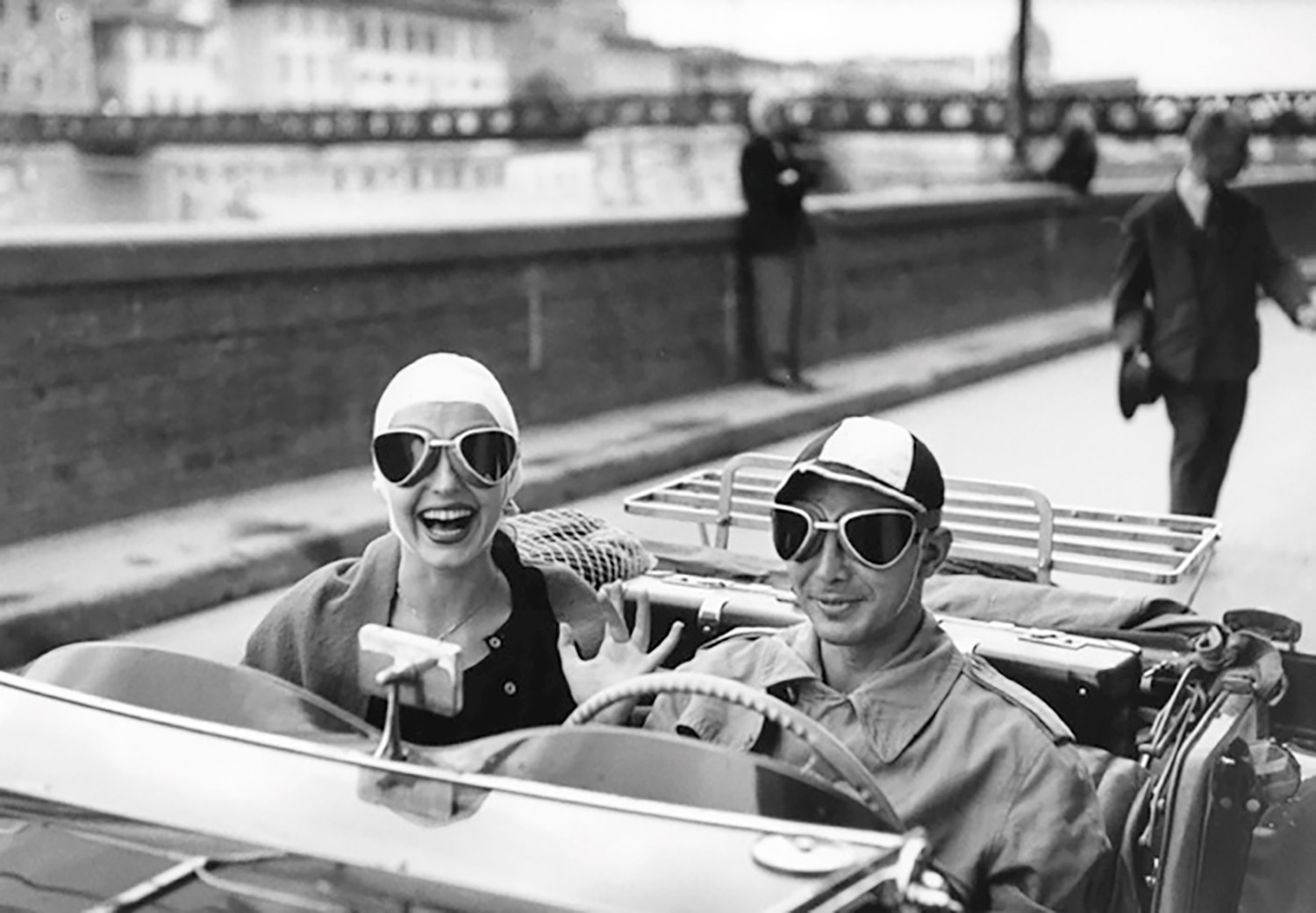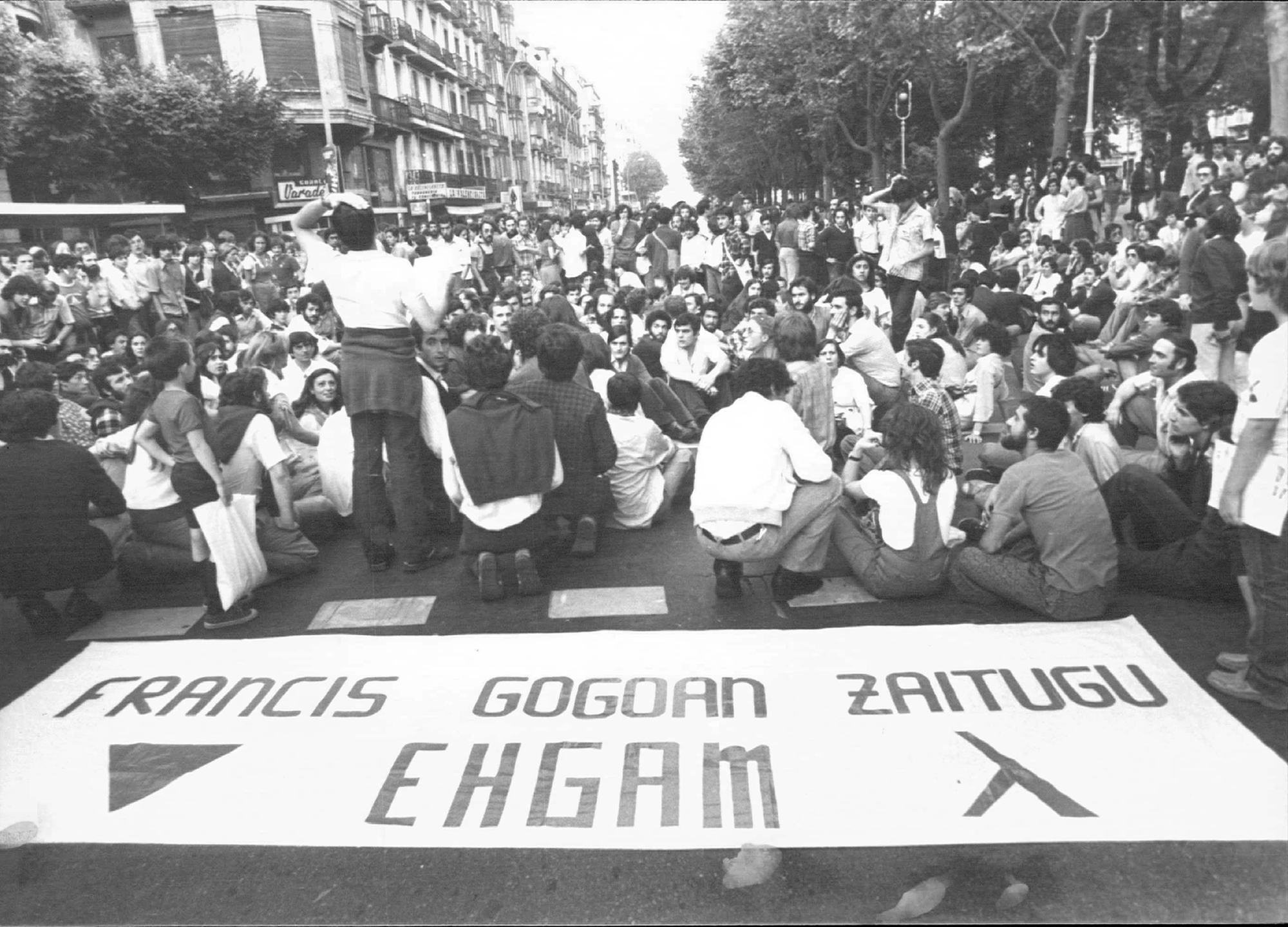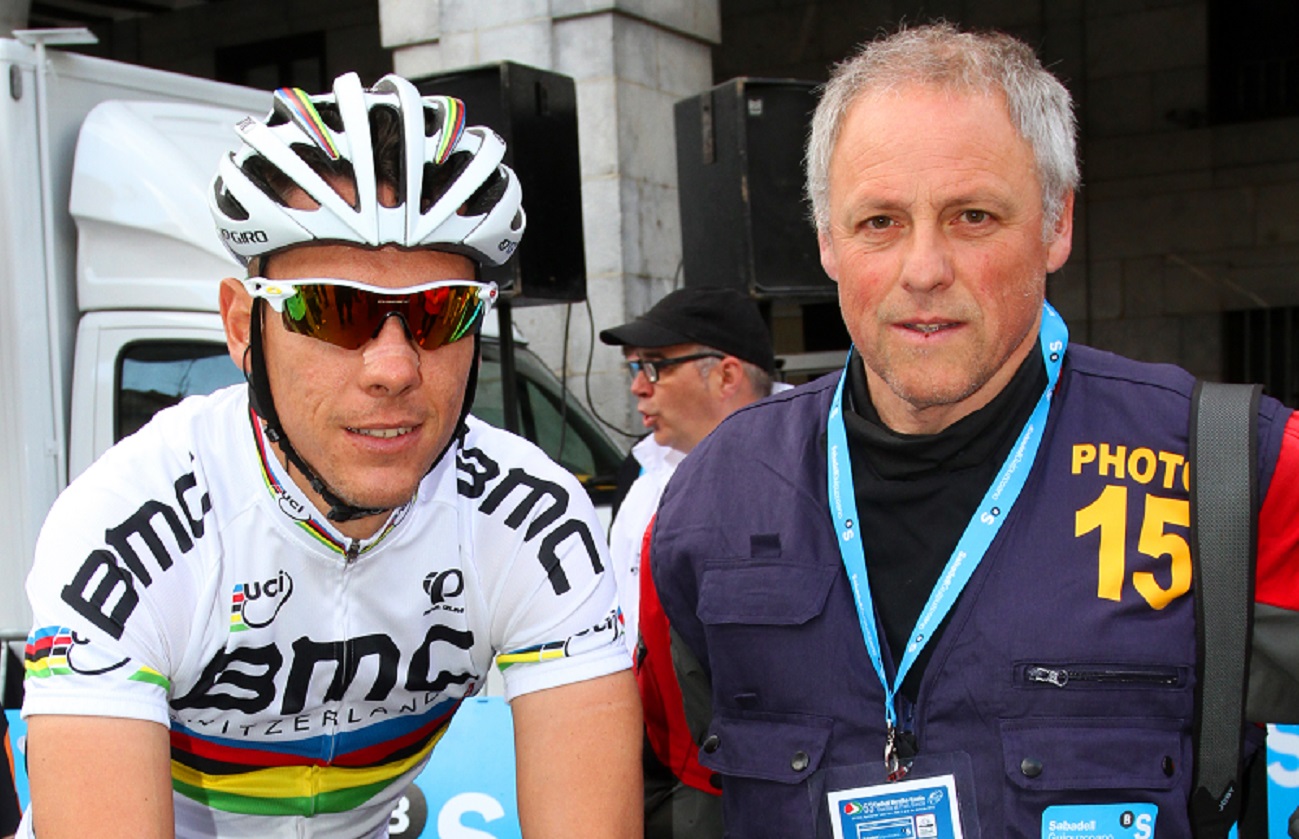Out!
- Out! Getxophoto Jaialdia has chosen this year the slogan chosen for this 14th edition of its extraordinary edition, in which short films are premiered. Each year, until September, the Getxo International Image Festival has filled the streets, beaches and public and private buildings of Getxo with photographs, making the town part of the exhibition. The artistic direction of the festival this year has been made by the photographer and commissioner Jon Uriarte, who has chosen the theme and the selection of the twenty international artists participating in the festival.

With the current situation, the festival offers us an interesting alternative to enjoy the culture, as most of the projects can be seen in the open space and the tour that is proposed to us, which can be traveled in three hours, can be done on foot, enjoying the charm that the people themselves have. From the beginning it has been part of the festival’s own personality to take art to the street and take the public sphere by hanging the photo fabrics in many corners of the town. This year, however, this action has become more necessary than ever, in an edition that has been called to be the most urban, digital and participative.
Since the advent of COVID-19 our lives have been transformed and although we still do not know how far the direct and indirect consequences of the virus can reach, we are already experiencing the limitations and cutbacks that affect our social movements and habits. It seems that we are on the path of a paradigm shift in which the streets have been emptied and the screens have multiplied, and it seems that we are at the door of a new way of thinking, building and sharing public space. This context is the framework for the selection of the artistic proposals of this edition. In order to highlight a characteristic of the projects, it is necessary to adapt these works to the new times, both in terms of themes and formats; and although they see works by artists of different origins, many works show the transformation of the life model that this pandemic has assumed.
In this new situation, Getxophoto takes on the challenge of getting the most needed public sphere ever
The venue of the festival is located in a place located on Amezti Street in Algorta, where the necessary material for the visit is available to the public. On this site of Amezti street we found the artist Victoria Ascaso explaining her project T4BU-Thanks for being You. Ask attendees to access their mobiles via an app to make the mobile activity of visitors public in real time and for a minute. In the adjacent room, on a large screen, you can see photos, agenda and matches of Tinder from several anonymous who have adhered to this project. In the adjacent site is False Positives by Esther Hovers, a photographic project based on surveillance systems that identify unusual behaviors in performing predictive care in public spaces. Members of the collective Estampa de Barcelona work with a video signal captured directly by a camera installed in the streets of Getxo. At that time, the people or vehicles that run in front of the webcam are automatically removed, completely flying the use that these cameras have.
On the Algorta market, surrounded by butcher shops and seasonal fruit outlets, we will find six Sohei Nishino dioramas, made in black and white and to a large extent. It mounts maps of cities that are made up of thousands of fragments of photographs taken during their travels to cities like Havana, Amsterdam, New Delhi or Johannesburg, starting from the imaginary that these cities have left in their memory. On the facade of the fair we will find the colorful photo montages of the Polish Agnieszka Sejud. These photographs also have another diffusion, as they form a collection of coasters that can be purchased in different bars of Algorta.
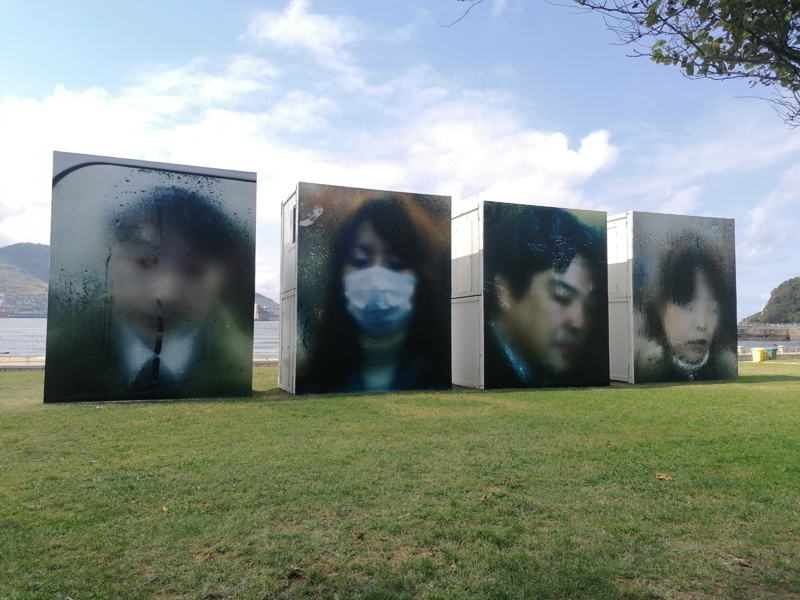
Perhaps the best known image of the Getxophoto is that of the containers located on the beach of Ereaga. Another year, two heavy-duty projects cover the containers stacked at two heights. Michael Wolf participates in the Tokyo Compression project, focusing on suffocating cumulations in Tokyo's means of transport and asking how the social distancing caused by the pandemic will affect overcrowded megacities. Photographer Ilyes Griyeb has focused on Moroccan immigrants moving to Spain to work on strawberry harvesting. During the pandemic, the work of seasonal workers was identified as essential work, although the working conditions of these people continue to be deplorable.
Also noteworthy is the series Les Intruses by Moroccan photographer Randa Maroufi. Through a single gesture in his photographs, he has managed to completely transform the message of the images. It has filled with women the corners of bars, barbershops, parks and streets, imitating the attitudes and gestures of men. This is a project that visualizes the gender imbalances that we still live in, and Maroufi explains the public space as a disputed space.
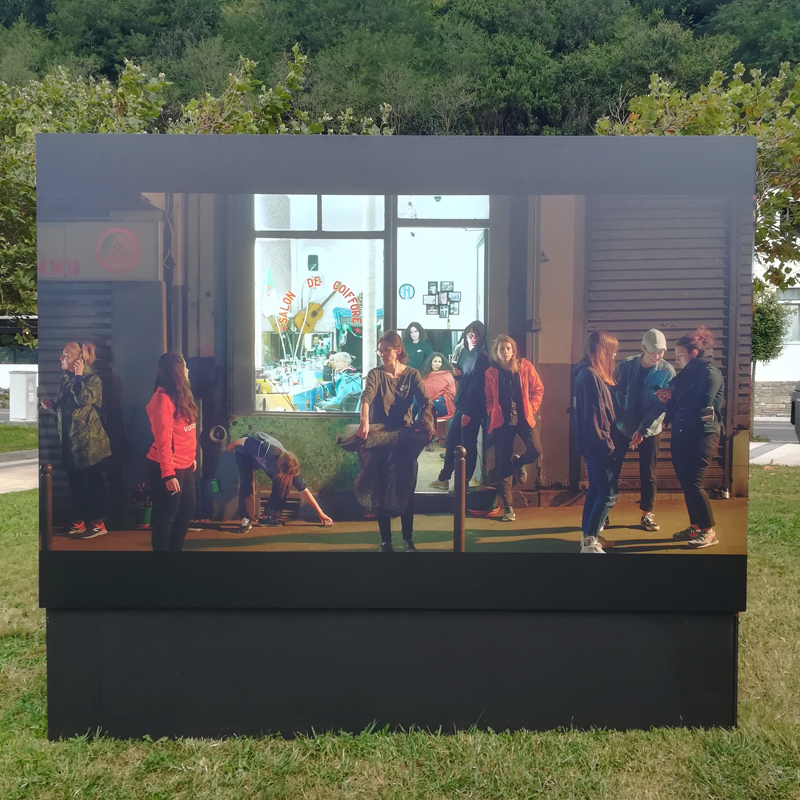
Digital space has a great presence in this year’s Getxophoto edition. On the website of the festival Radio Ambulante podcasta, Kalera! You can find, among other things, the playlist of dancing songs that fit with the motto – this text has been written with those melodies – the pirate radio that talks about alternative technologies, applications to make Protestant posters or filters to use on Instagram. In this section, the 3D modeling carried out by the Mexican artist Julieta Gil to the monument La Column de la Independencia, graphed for the denunciation of femicides, should be highlighted. They are also projects designed to promote citizen participation: a project that covers the windows of a building with pictures of video calls made during the confinement or a selection of photographs that can be seen in the shop windows of the shops of Algorta, among others.
The invitation to go out into the street and to rethink how we want to live and share the public space is perfect in these times. These exhibitions and artistic proposals presented to us in the streets of Getxo give us the opportunity to think about new models.
Place: Algorta
When: from 3 September to 27 September
Organises: Begihandi
Artistic director: Jon Uriarte












